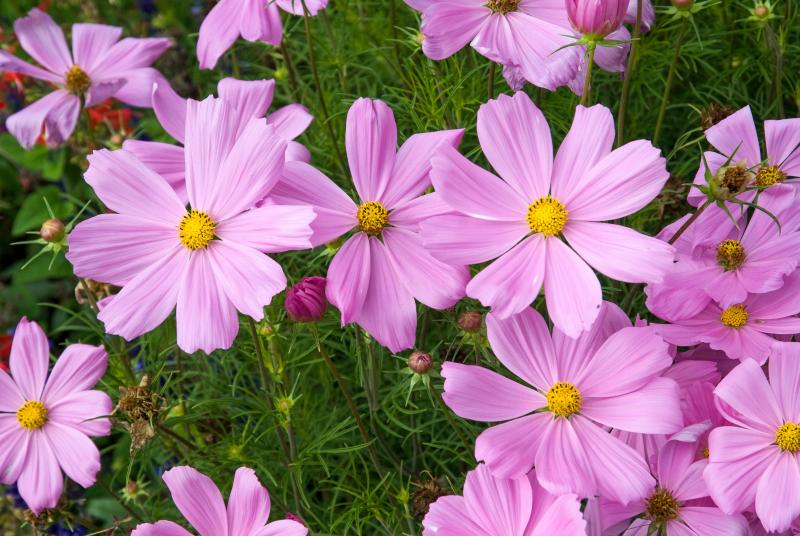All tortoises are turtles, but not all turtles are tortoises. Both belong to the order Testudines or Chelonia, reptiles with bodies encased in bony shells. Tortoises are exclusively land creatures, while turtles take to land to lay eggs. Rabbits and hares differ in that rabbits are smaller and have shorter ears than hares.
In the fable The Tortoise and the Hare, the fast-running hare becomes too confident and takes a break, letting the slow but steady tortoise win the race. In the garden, slow and steady plants such as tomatoes, melons and peppers are fine to grow if you have the time. But sometimes a garden needs something quick, perhaps to replace plants eaten by hares and tortoises. With no time left in the growing season to put in slow-growing plants, you can instead fill in with jackrabbit-type, fast-growing plants.
Not all seeds will sprout, so sometimes rows of corn will have blank spots where you can put in fast-growing beans. Let pole beans climb the cornstalks, and within 50 or 60 days you will have a crop. As a bonus, the beans release nitrogen into the soil which fertilizes the corn. If there is a dead spot in the flowerbed, try planting quick-growing nasturtiums. In a couple of weeks, they will cover any bare spots and add a splash of color. Corn poppies are another quick choice for almost instant color.
The annual sweet alyssum blooms in six to eight weeks from seed. This low-growing flower attracts honeybees and other beneficial insects. Calendula or pot marigolds will bloom in eight to 10 weeks with bright, cheerful orange and yellow blossoms. They'll bloom from the early spring months until the late fall.
Cosmos Bipinnatus is a quick-growing flower with long stems that are perfect for cutting. They often reach up to six feet tall. The Cosmos flower is an excellent choice for new gardeners, as it does very well in poor soil with little care.
When filling in bare spots in the vegetable garden, think of plants grown for their leaves rather than fruits. Even week-old lettuce is edible as a baby green, whereas week-old tomatoes are months from producing a crop. Swiss chard, especially rainbow chard, is colorful enough to tuck among the flowers and will give you greens all summer. Radishes will form edible roots in less than five weeks. Spinach and lettuce are both quick crops, but both tend to bolt or go to seed during hot weather. A better choice might be New Zealand spinach, also called Malabar spinach.
Any herb is a good choice to grow from seed, because you use the leaves, and even tiny plants will give you a crop. Oregano leaves from a 4-inch-tall plant are just as pungent as those from an older plant. Also try direct seeding sage, parsley and chives.
So, whether your garden is the slow but steady tortoise, or the jackrabbit hare, fill in bare spots with quick-growing seeds. The race is not always to the swift.
























































